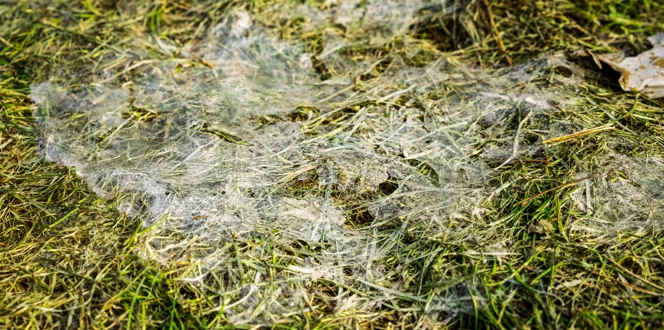Spreading rock salt along icy roads may be good for our safety, but it’s not so great for the health and beauty of our lawns. If you’ve noticed a buildup of white salt mixed in with your green turf, you may be wondering how your lawn is being affected.
Does rock salt kill grass?
Rock salt can pose a threat to your existing lawn and future lawn growth. The elements of rock salt that allow it to break through ice can be deadly to your lawn.
How does rock salt kill grass?
When the salt builds up in your lawn, it strips moisture from the turf's roots, causing them to desiccate and die. This prevents your grass from getting the nutrients and water it needs to withstand winter weather. Because the salt attracts water away from the lawn’s roots, the grass is left dehydrated and in a drought-like state. Browning grass in the cool-season can be an indication of rock salt damage.
What can I do about rock salt in my grass?
There are a few approaches you can take in both winter and the upcoming spring season to protect your lawn from rock salt damage.
- Fencing in: For the remainder of the winter season, install snow or silt fencing around your lawn to safeguard it from rock salt damage. This can keep salt from spilling over from sidewalks or roads onto the lawn.
- Spring watering: Once the weather is warm enough, salt can be leached out by giving your lawn a deep, daily soaking with fresh water.
- Seed to repair: To maintain the beautiful appearance of your lawn, plan to repair damaged areas where turf has died with seeding in spring.
- Switch rock salt types: Switching from sodium chloride rock salt to calcium chloride or calcium magnesium acetate will result in less damage to your lawn and faster recovery.





